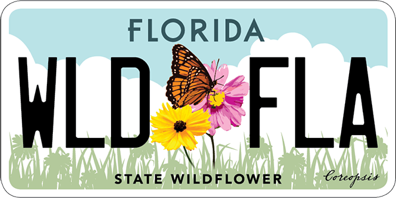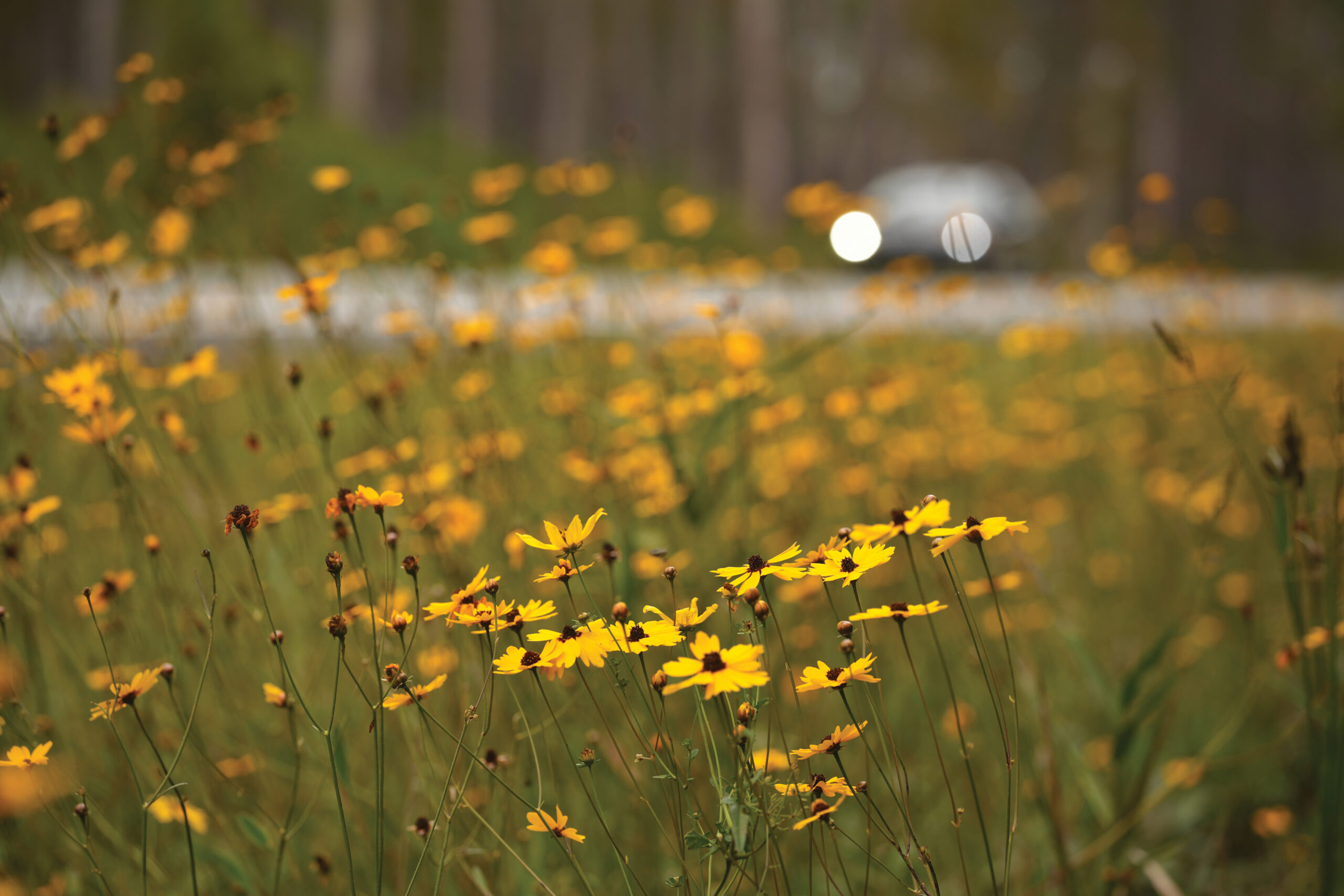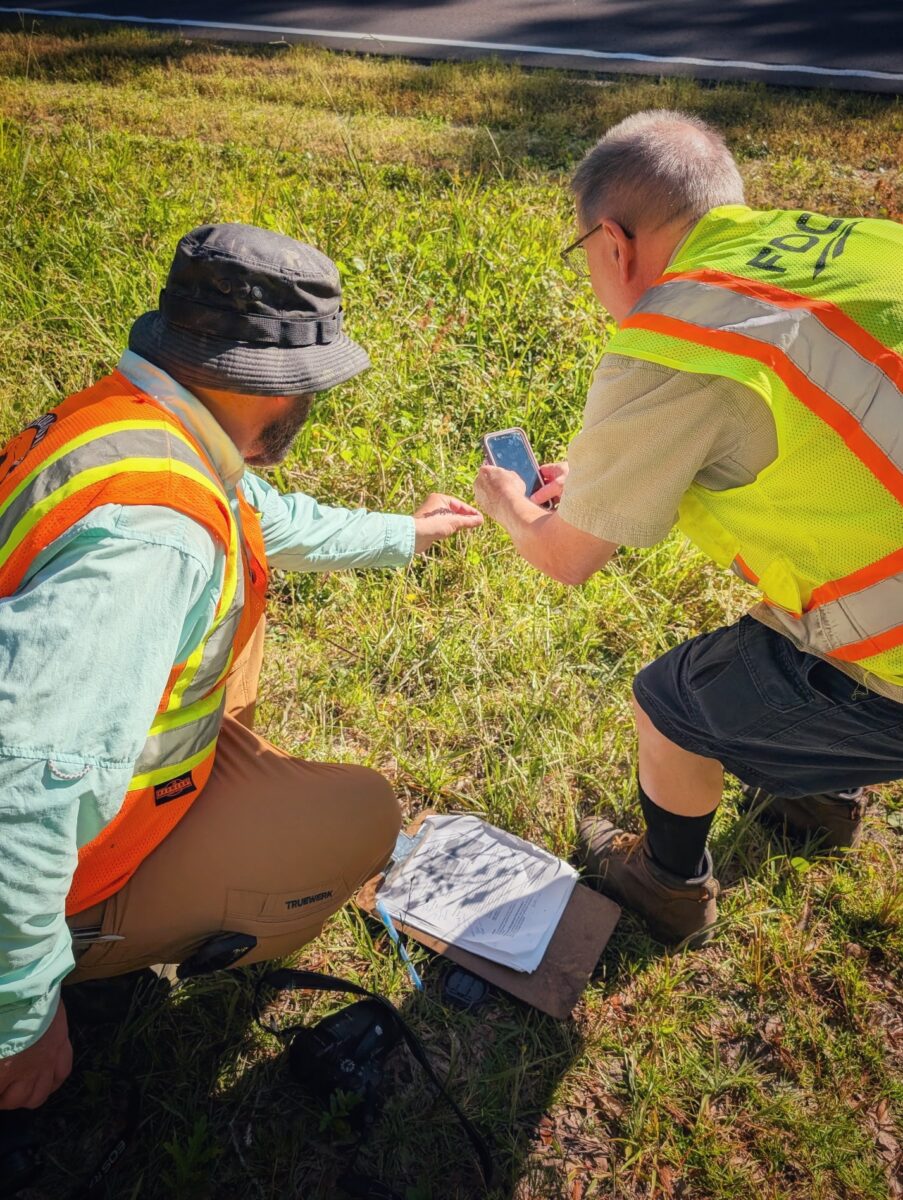2025 Roadsides Wrap-up
Pictured above: Tickseed (Coreopsis sp.) blooming along a Florida roadside.
This year, Citrus, Pinellas and Alachua counties were the focus of an effort to survey and document native roadside habitats. Working with county staff and volunteers, the Florida Wildflower Foundation and contractor Dr. Jeff Norcini conducted vegetation surveys in spring, summer and fall. Surveying during peak bloom times in each season helps identify native wildflower areas with strong potential for passive restoration through reduced mowing.
Roadside survey days can be long and hot, with plenty of driving, full sun and the occasional sand spur. Yet they offer a rare opportunity to see Florida’s remarkable natural beauty in unexpected places. Each survey reminds us that roadsides are public lands — worthy of care and management that benefit both people and wildlife.
The data collected through these surveys guides management plans that protect pollinator resources, support native biodiversity and strengthen ecological resilience. In one Alachua County section alone, more than 80 native plant species were documented, highlighting how much richness can persist when roadsides are managed thoughtfully. These surveys would not be possible without the support of county governments and public works departments leading the way.
We’re now actively recruiting volunteers for our Wildflower Watcher programs in Leon, Citrus, Alachua and Suwannee counties. This long-term project focuses on the surveyed roads and engages volunteers to monitor designated wildflower roadsides three times a year. Join an upcoming training session to learn how you can help protect and promote Florida’s living roadside ecosystems.
Learn more about our work to protect roadside wildflowers here.


